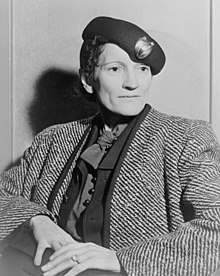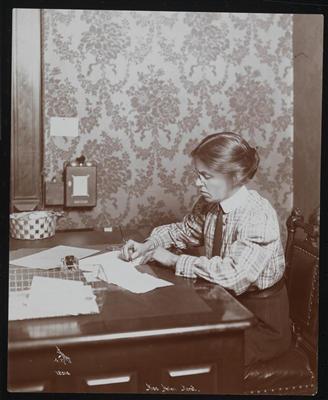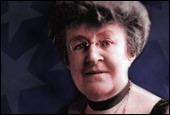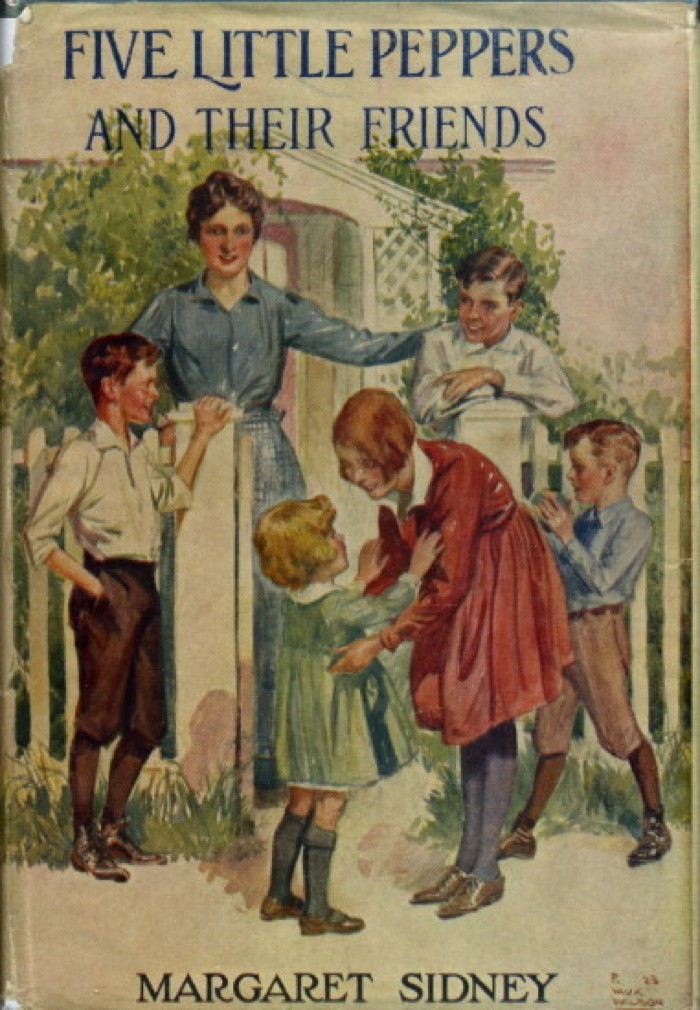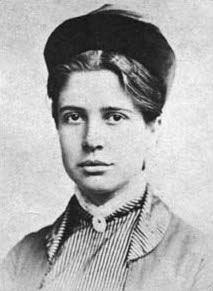
Edith Stratton Kitt
In her own words: “I was born in Florence, Arizona
Territory, on December 15, 1878. That birth was really quite an experience for
my father since I arrived while he was scouring the town looking for the only
doctor, whom he found later, drunk and playing cards in the back room of a
saloon. The small house in which I was
born had dirt walls, a dirt floor and a dirt roof. There was only one board
floor in the village and that was in the most prosperous saloon. Once in a while the townspeople would clear
out the bar and hold dances in this saloon.
All the mothers brought their babies and pub them to bed on a long
bench. Mother was from New England, but
she did go to these dances until some man sat on me. After that, she refused to go any more.
Our home was thirty miles from Tucson as the crow flies, but
seventy five as the road crawled. Mother
was once on the ranch for eight months without seeing another American woman.”
Edith enjoyed a tomboyish youth; doing chores, riding and
hunting. She began riding as a baby in a
sling from an old tablecloth knotted around her father’s neck and
shoulder. She eventually graduated to
her own horse, “Little Bill” and was given her first shotgun at ten with which
she hunted quail, duck, deer and skunk, because “skunk skins were worth fifty
cents to a dollar and in one season I made fifteen dollars.”
She studies at the University of Arizona and became a
teacher and taught in Colorado and Tucson for several years before marrying
George Kitt in 1903.
She transcribed many oral histories over the years and was
secretary of the Arizona Historical Society (formerly the Pioneer’s Historical
Society. She is credited with making this library one of the top research
centers in the Southwest.













